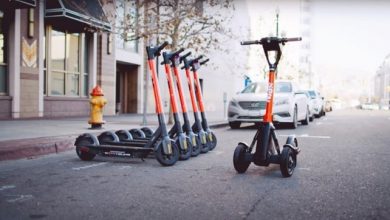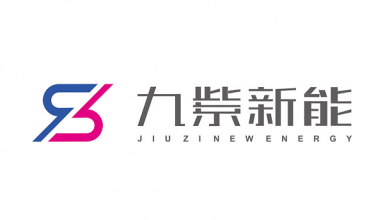Automotive cybersecurity market worth $4.0 billion by 2025 – exclusive report by MarketsandMarkets™

According to the new market research report “Automotive Cybersecurity Market By Offering (Software & Hardware), Application Type, Form Type (In-Vehicle & External Cloud Services), Security Type, Vehicle Type (Passenger Vehicles, LCV & HCV), EV Application Type, And Region – Global Forecast to 2025″, published by MarketsandMarkets™, the global Automotive Cybersecurity Market size is projected to grow from USD 1.9 billion in 2020 to USD 4.0 billion by 2025, at a CAGR of 16.5%.
Increased use of electronics per vehicle and a growing number of connected cars, and reinforcement of mandates by regulatory bodies for vehicle data protection are key factors that will drive the market for the Automotive Cybersecurity Market. The growth of the V2X market is also one of the factors that drive the Automotive Cybersecurity Market.
Browse in-depth TOC on “Automotive Cybersecurity Market”
197 – Tables
86 – Figures
249 – Pages
Vehicle production was low in April and May 2020 in the major European, Asia Pacific countries, and the US due to the ongoing COVID-19 pandemic. Earlier, the Automotive Cybersecurity Market was expected to witness rapid growth from 2022 onward as major regulations are outlined to be imposed. As vehicle production is suspended, any new investment for advanced technology is unlikely. OEMs and tier 1 players are either using cash reserves or acquiring funds to continue operations during the crisis. OEMs are still skeptical about the recovery of vehicle sales to 2019 levels in 2020.
Increasing use of mechatronics devices and increasing demand of connected vehicle services inside the vehicle is expected to result in the dominance of the passenger vehicle segment in the Automotive Cybersecurity Market
The passenger vehicles segment is expected to lead the Automotive Cybersecurity Market during the forecast period, owing to the demand for connected vehicle services and growing sales of mid-luxury and luxury vehicles. The electrical/electronic (E/E) architecture of passenger vehicles is complex and critical than LCVs and HCVs. These vehicles are equipped with a considerable number of ECUs and are more prone to cyberattacks compared with the other two categories of vehicles. Connected passenger vehicles are expected to be the Internet of Things (IoT) in the coming years. These vehicles will be able to collect massive amounts of data from different sources. Passenger vehicles will be capable of exchanging data and alert drivers of potential dangers. These vehicles will also be able to interact with sensors on road signs on stoplights, bus stops, and even the ones embedded in the roads to get traffic updates and rerouting alerts.
Increasing installation of telematics devices and push by government authorities to adopt telematics is driving the Telematics segment in the Automotive Cybersecurity Market
The market for Telematics is primarily driven by multiple factors such as an increase in the number of accidents, rising vehicle thefts, security issues while traveling, and the demand for navigation services. Telematics also helps track the location of the vehicle, and its automated interface with law enforcement agencies reduces the response time. This eventually leads to a reduction in vehicular thefts. Telematics primarily involves data exchange such as vehicle details/history, location, schedules, driving habits & activities, and other key information of private as well as fleet owners. This data exchange is done through wireless networks with external servers, making it prone to data theft. Thus, cybersecurity plays a key role in telematics since the breach of such data can have serious consequences for end-users. Government mandates such as E-calls are likely to fuel the market in future.
The Asia Pacific likely to emerge as the largest Automotive Cybersecurity Market
Asia Pacific is always seen as a revenue-generating region in the automotive sector. Region comprises of technologically advanced countries like Japan, South Korea, and countries with increasing populations and improving economies. Vehicles in this region are getting advanced at the backdrop of customer need and implementation of government regulations related to vehicle safety and carbon emissions. All kinds of key vehicles categories like a passenger vehicle, light, and heavy commercial vehicles are getting advanced. Changes in the powertrain technology, the inclusion of modern safety features, and technology for vehicle management are some of the key trends that is helping Asia Pacific region to dominate the market for automotive cybersecurity. The growth of the connected vehicle market in the Asia Pacific is expected to boost the demand for automotive cybersecurity. As the number of connected vehicles increases, the demand for cybersecurity in these vehicles would also increase.
The Automotive Cybersecurity Market is dominated by global players such as Robert Bosch (Germany), Continental AG (Germany), Harman International (US), Denso Corporation (Japan), Aptiv (Ireland), Karamba Security (Israel), SafeRide Technologies (Israel), Arilou Technologies (Israel), GuardKnox (Israel), etc. These companies have adopted strategies of new product development, expansions, collaborations, partnerships, and acquisitions to gain traction in the market. Collaborations were the most adopted strategy, among others.





